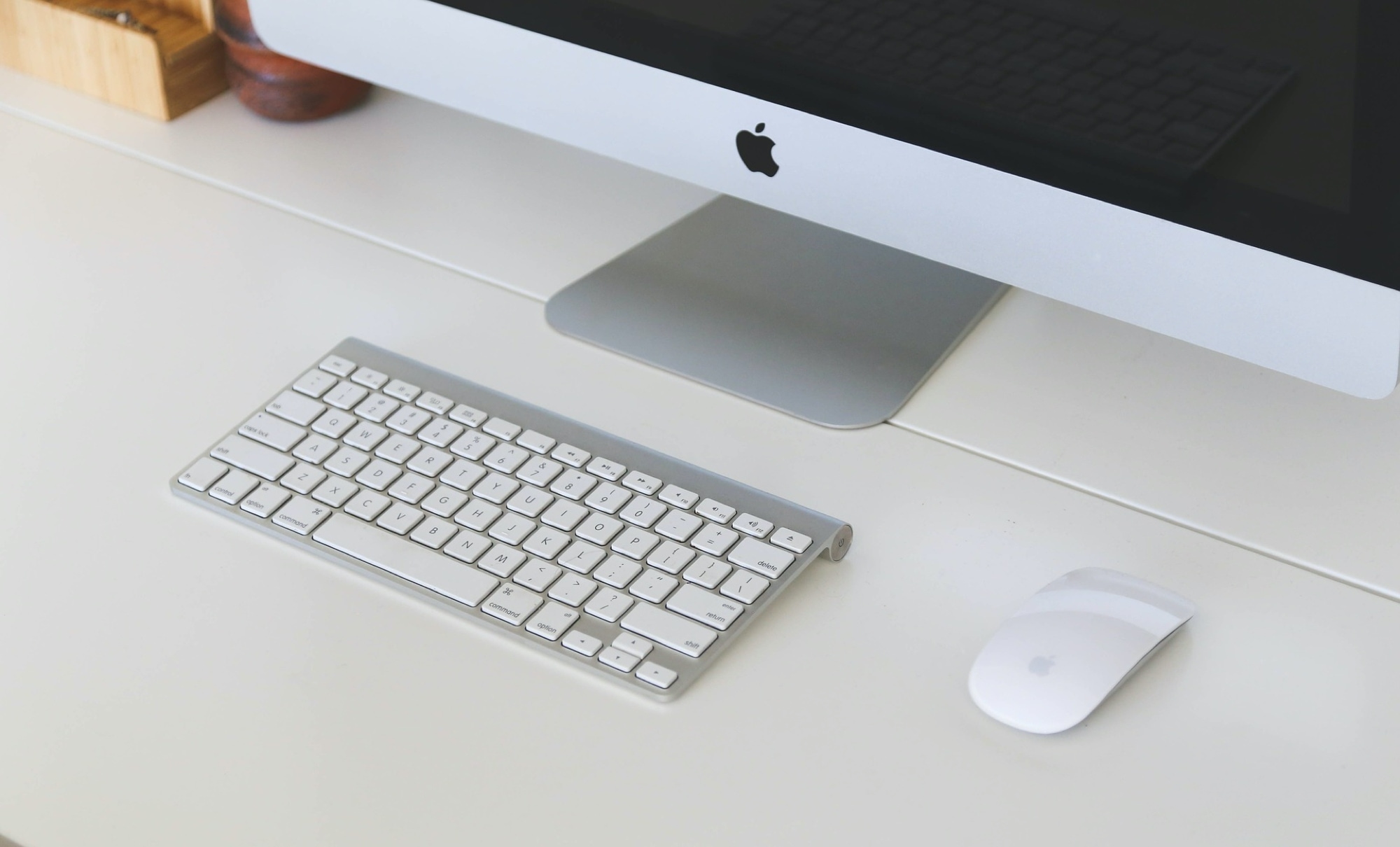

The next step is to actually change the file permissions to whatever you want. -rwxrwxrwx means that read, write and execute permissions are enabled for Users, Groups and Others.drw-r–r– means that it’s a directory and read and write is enabled for the current user, read access for the Group, and read only access for other users (i.e.drwx- means it’s a directory and read, write and execute is enabled for the current user, but nothing for anyone else.It’s important to realise that Groups usually means the group to which the owner of the file belongs to, such as administrators or staff, while Others just means everyone else such as other people that have regular user accounts on your Mac. The subsequent 9 items are split into three flags (read, write and execute) for Users, Groups, and Others and can take the values “ r” (read), “ w” (write), “ x” (execute) or “ –” (unset). The first item “d” in these permissions indicates it’s a directory rather than a file (but the same principles apply). You’ll notice that the item My Folder (the last item in the list) has the permissions drwxr-xr-x. In the leftmost column, the file permissions for each item are listed. List the properties of files in the current directory In this case I’ve actually used the -al option to also display the “.” (current) and “.” (upper level) folders, but it’s not necessary. You should see the list of files in the current directory along with all the relevant file permissions for each item in the directory, as shown below. Inspect the current file permissions by typing in the ls command with the -l option to show in the long format, for example: Note that you will need to use quotes around filenames only if the item you want to edit contains a space, as it does in this case.ģ. Rolys-MacBook-Pro: ~roly$ cd “work/chris writes”.At the command prompt, use the cd command (which means change directory) by typing in the text indicated below in bold followed by the Enter/Return key. Navigate to the folder where the file, folder or application you want to change resides.

A terminal window should open, but if not you can use CMD + N to open a new one or just choose New Window from the Shell menu. You’ll notice that the command prompt (which is where you enter commands) is labelled with the name of your Mac, the current folder and your user name. Open Terminal (type Terminal into Spotlight or open from the Applications -> Utilities folder). In this example we’ll use a temporary folder called My Folder on which to demonstrate the various file permissions options.ġ.
#EDIT TEXT FILE IN TERMINAL MAC HOW TO#
Set user permissions in Finder's Info panel How To View File Permissions Now that you know how to edit permissions in Finder, read on to find out how it can be done in Terminal. Find related required permissions for a permission in Salesforce


 0 kommentar(er)
0 kommentar(er)
